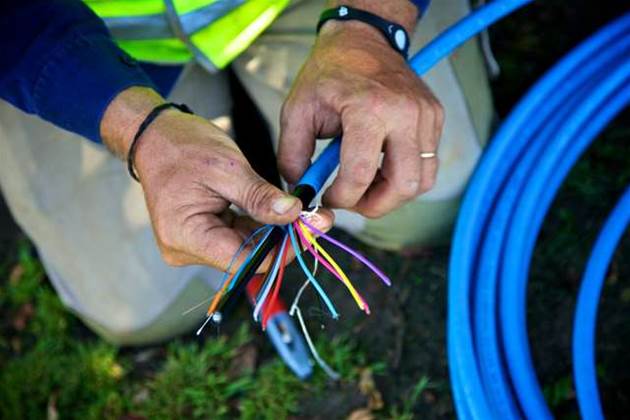NBN Co is betting on its HFC network to bring in the highest amount of revenue per user of any residential access technology in its portfolio, outstripping even full fibre connections.

A series of backdated disclosures over the weekend include a breakdown of the network builder’s average revenue per user (ARPU) assumptions across the various access technologies that will make up its network in 2020.
The assumptions are forecasts rather than actual figures, but show the effort that will be required of the company to make good on its latest corporate plan.
ARPU across all access technologies has been parked at $43 a month for several years. NBN Co’s 2020 revenue assumptions are predicated on raising the overall ARPU number to $52 a month.
Some of this is likely to come from the business market, but as the company is still readying its foray there, no ARPU expectations have been made public.
Over the weekend, NBN Co revealed that “currently estimated … business revenue will make up between 15-20 percent of overall revenues once in steady state operations”.
If NBN Co hits its 2020 goal of $5 billion revenues overall, that could mean the business market is contributing up to $1 billion. It is still difficult to quantify the ARPU contribution that this entails.
However, the remaining ARPU growth will come from servicing residential users, and to that end it is clearer where NBN Co is hoping to see the greatest growth – presumably by encouraging a larger percentage of users to pay for the highest speed tier plans available.
NBN Co is hoping to draw out $49 per user per month from HFC connections, compared to $47 a month for residential users with either FTTP or FTTN.
No figures are yet available for forthcoming FTTC, though given its speed tiers are similar to other FTTx services, it is likely to also bring in similar revenue.
Fixed wireless users are expected to bring in $36 a month and Sky Muster satellite users $35. Neither will cover costs, and look set to be augmented by a broadband tax on fixed line services being debated by parliament.
The fact HFC is expected to bring in the most revenue of any NBN access technology may be predicated on it pushing beyond 100 Mbps.
NBN Co is already lab testing DOCSIS 3.1 technology that could boost HFC speeds towards 1Gbps. Field trials could occur as early as the end of this year, with a commercial launch sometime next year.
However, the FTTP network has been able to support gigabit speeds for some time, but very few RSPs offer it as an option due to the high costs of servicing such connections. These could come down as some of the backend costs, such as connectivity virtual circuit (CVC) fees, are cut.
Alternatively if the 1.5 million or so homes in the NBN footprint with gigabit-capable lines are able to access affordable plans at a retail level, it could help the company raise its ARPU.
Between 14-15 percent of NBN Co’s HFC and FTTP footprints currently take up the 100/40 Mbps plans, according to figures published by the ACCC.



.png&h=140&w=231&c=1&s=0)






 iTnews Executive Retreat - Security Leaders Edition
iTnews Executive Retreat - Security Leaders Edition












_(1).jpg&h=140&w=231&c=1&s=0)



